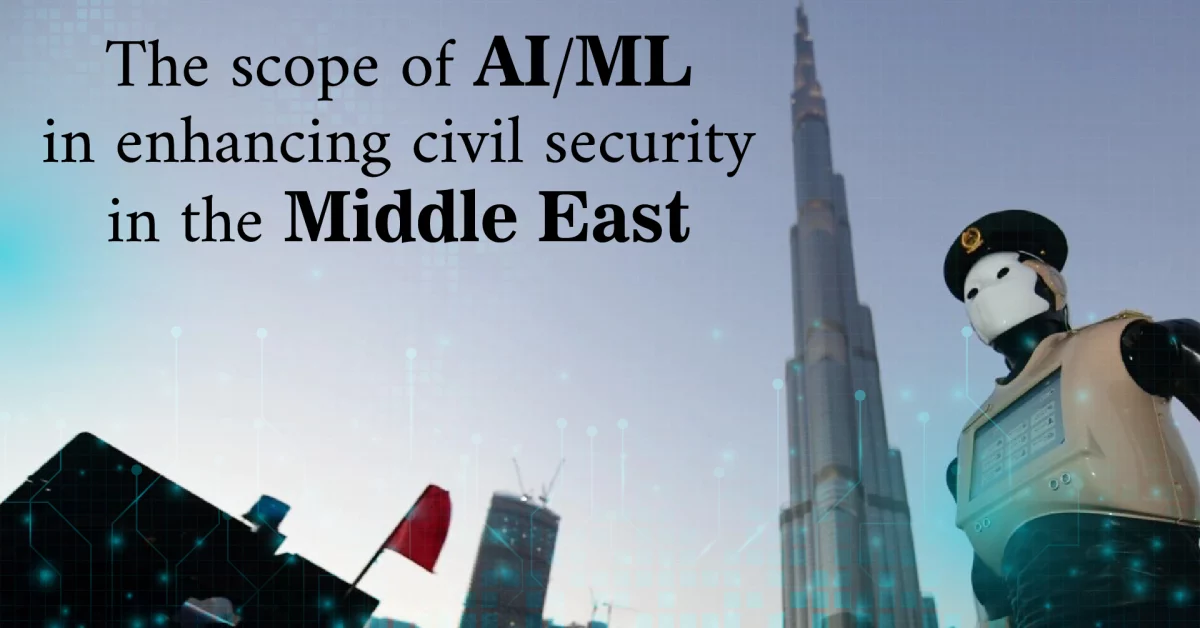Civil security is a crucial aspect of governance since all governments strive to ensure that their citizens are safe by reducing crime rates in society.
Crimes like theft, robbery, murder, trafficking, rape, and kidnapping are generally more dangerous as they cause an imbalance in civic harmony.
Since it is a digital era, the law enforcement sector can also use Artificial Intelligence & Machine Learning to detect crimes and resolve criminal cases steadfastly. As AI algorithms help identify and locate both existing and potential criminals effectively.
Many countries like the USA [1], China, and the UK [2] are already using Artificial Intelligence in Civil Security and Surveillance. However, forecasts predict that AI will contribute over 15.7 trillion USD to the global economy and over 320 billion USD to the Middle East alone [3].
Also, according to the International Telecommunication Union, 51.6% of Middle Eastern people are using the internet in 2019 [4] compared to just 29% in 2009 [5].
Hence middle eastern law enforcement agencies can get an immense benefit from utilizing advanced technologies using the internet.
Moreover, most cities in the UAE, Qatar, and Saudi Arabia are getting smart, where the infrastructure is more connected than ever before.
So, with the connected infrastructure, police officers can detect crime in real-time through smart security cameras and street lights.
Considering these impressive stats, in this blog, we will discuss how Artificial Intelligence can help middle eastern governments ensure civil security by reducing crime rates and delivering faster criminal justice.





